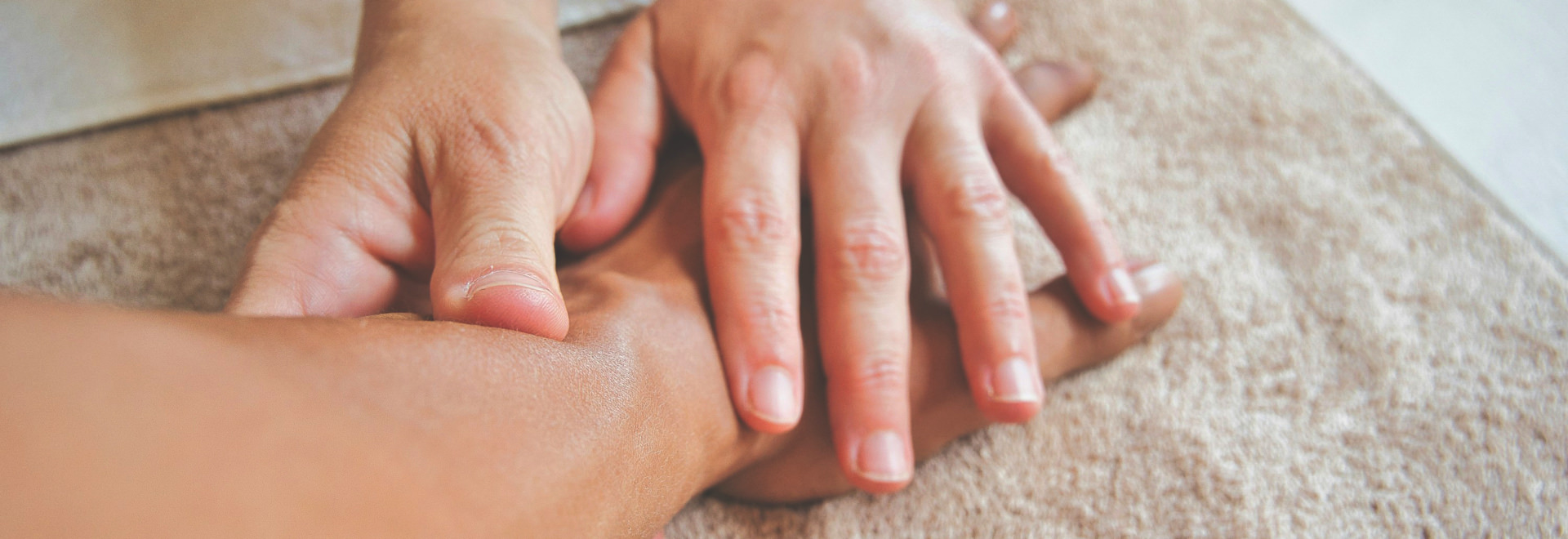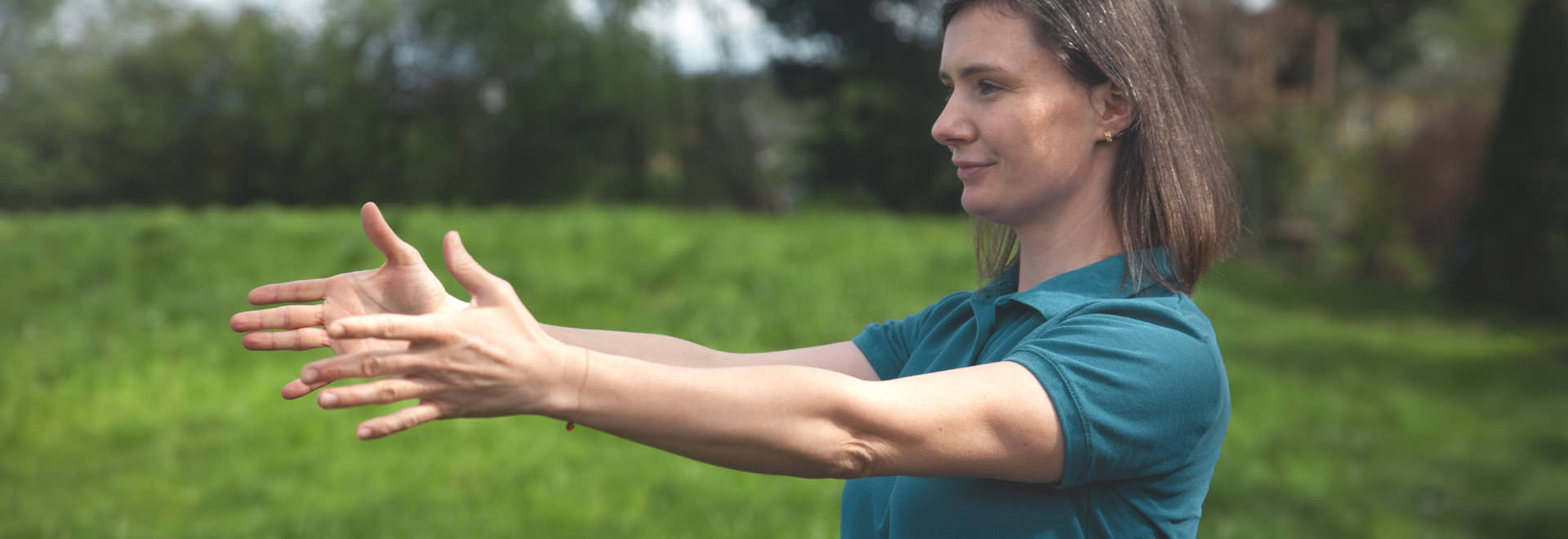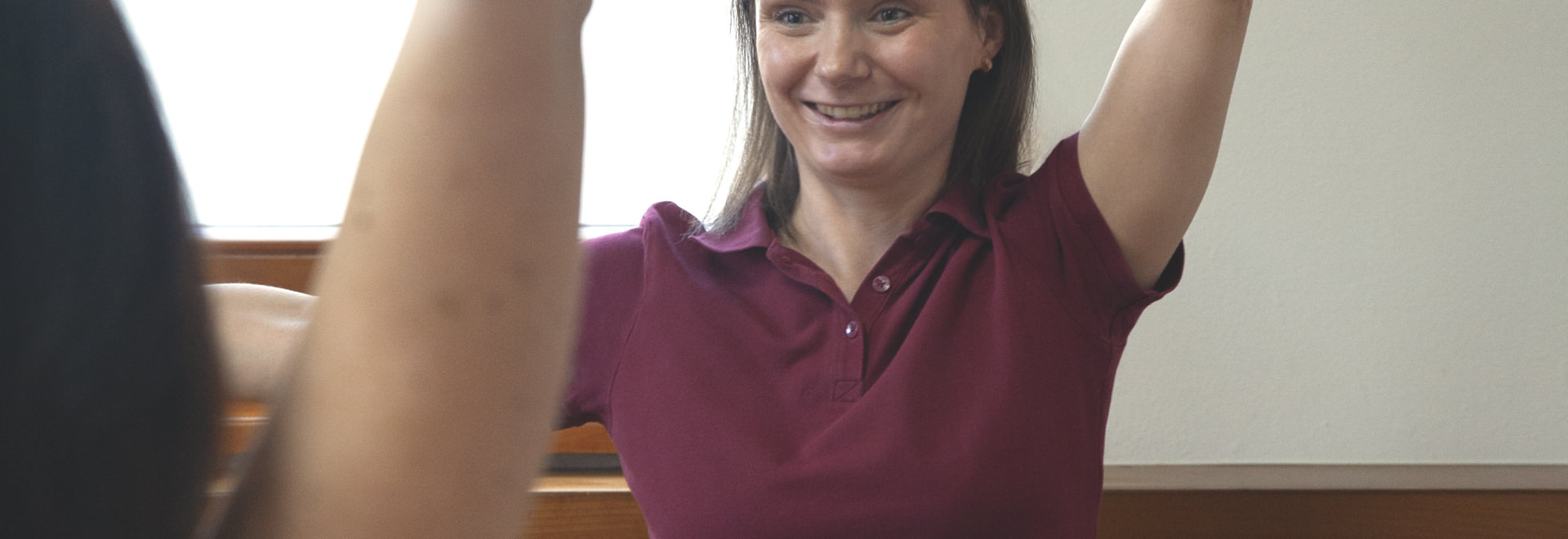
Physiotherapy
I work with patients at every stage of rehabilitation, from early recovery after injuries and surgeries to improving overall fitness and prevention. I help people regain their full range of motion and enjoy a pain-free life. I offer a wide range of therapeutic services tailored to the individual needs of each patient. My approach is holistic, which means I consider both the physical and emotional aspects of health.
I believe that, with small steps, in harmony with oneself, we can improve the quality of life.

Sports Physiotherapy
Injuries and bodily damage occur during physical activity or sports training and also affect people who engage in physical activity as a hobby. Physiotherapy support can accelerate the recovery process during the acute and chronic phases. Such injuries include dislocations and sprains, muscle tears, fractures, contusions, ligament strains, and more.
Preoperative Preparation
Preparing the body for the upcoming change includes:
- Reducing existing ailments.
- Increasing the flexibility of soft tissues in the surgical area.
- Rebuilding proprioception (body awareness).
- Adapting the locomotor system to resume function after surgery.
- Strengthening muscle strength and overall fitness.
- Providing instructions on postoperative care.
Postoperative Physiotherapy
Surgical procedures are significant interventions that can leave behind various side effects, including scars, fibrosis, mobility restrictions, loss of movement control, and weakness. Postoperative physiotherapy is crucial in mitigating these side effects and restoring functionality. Often, the success of the procedure relies on appropriately tailored postoperative physiotherapy.
Goals of postoperative therapy:
- Reduction of swelling and inflammation
- Reduction/elimination of pain
- Restoration of joint mobility
- Scar mobilization
- Thromboprophylaxis
- Muscle strengthening
- Stretching shortened muscles
- Learning proper movement patterns
Degenerative Pain
Kinesiotherapy is essential in treating degenerative diseases. Specific exercises are selected based on the patient’s condition to improve range of motion, increase muscle strength, and enhance proprioception. These exercises, once mastered, enable the patient to continue their rehabilitation at home, maintaining the benefits for as long as possible. Manual therapy is also recommended for degenerative changes, as it helps improve range of motion, alleviate pain, and support joint structure mobilization.
Medical Functional Training
Medical training combines personal training with movement therapy, focusing on tailored exercises and rehabilitation to relieve pain. It is ideal for returning to physical fitness after injuries, traumas, or surgeries and continuing physiotherapeutic treatment. Its primary goals are to restore daily functions, return to sports activities, improve training achievements, and work on muscle strengthening. Medical training often relies on functional movements used in daily activities.
Scar Therapy
Scar therapy has many beneficial effects. Physiotherapy can help relax the scar, making it less visible and more aesthetic. Additionally, it improves the elasticity and mobility of the scar, reducing its pain and adverse impact on body function. Rehabilitation can also prevent the formation of adhesions, which can limit movement and cause pain, significantly affecting the patient’s quality of life. Scar mobilization methods include various techniques, and their choice depends on the patient’s characteristics, the type of scar, and the time elapsed since its formation.
Lymphatic Drainage
Lymphatic drainage involves mechanically moving lymph from peripheral vessels toward venous outlets. Its goal is to reduce swelling and improve lymph flow. Lymphatic massage is particularly recommended for people diagnosed with lymphedema. It is an effective method for reducing postoperative and post-traumatic swelling. Manual lymphatic drainage procedures are also used as an adjunct therapy in many neurological and rheumatological conditions, such as carpal tunnel syndrome, various types of neuralgias and neuropathies, and Raynaud’s syndrome. Lymphatic drainage also contributes to metabolic regulation, supporting the treatment of gout. More and more patients choose lymphatic drainage for aesthetic reasons, as it can help reduce cellulite and support the weight loss process by transporting fatty acids and removing broken-down fat tissue.
Tension Headaches
The causes of tension headaches are not precisely known. The triggering factors can include physiological, biological, and significant psychological-social aspects. Excessive muscle tension around the head is often observed in people with chronic headaches. Tension headaches are characterized by their non-pulsating, continuous nature and a feeling of pressure. They are usually milder and do not change with physical activity. Factors that intensify pain include emotions, fatigue, lack of sleep, alcohol consumption, hunger, and atmospheric changes. Sometimes, accompanying symptoms such as nausea or photophobia can occur, similar to migraines. An effective strategy for alleviating headache symptoms is a physiotherapist’s manual therapy of soft tissues. Recommended techniques include:
- Myofascial release techniques
- Cervical spine mobilization techniques
- Gentle stretching and trigger point therapy methods
- Relaxation exercises for the cervical spine Physiotherapy helps to relax taut muscles, whose chronic tension can radiate to the head. It improves local blood flow and fluid drainage.



